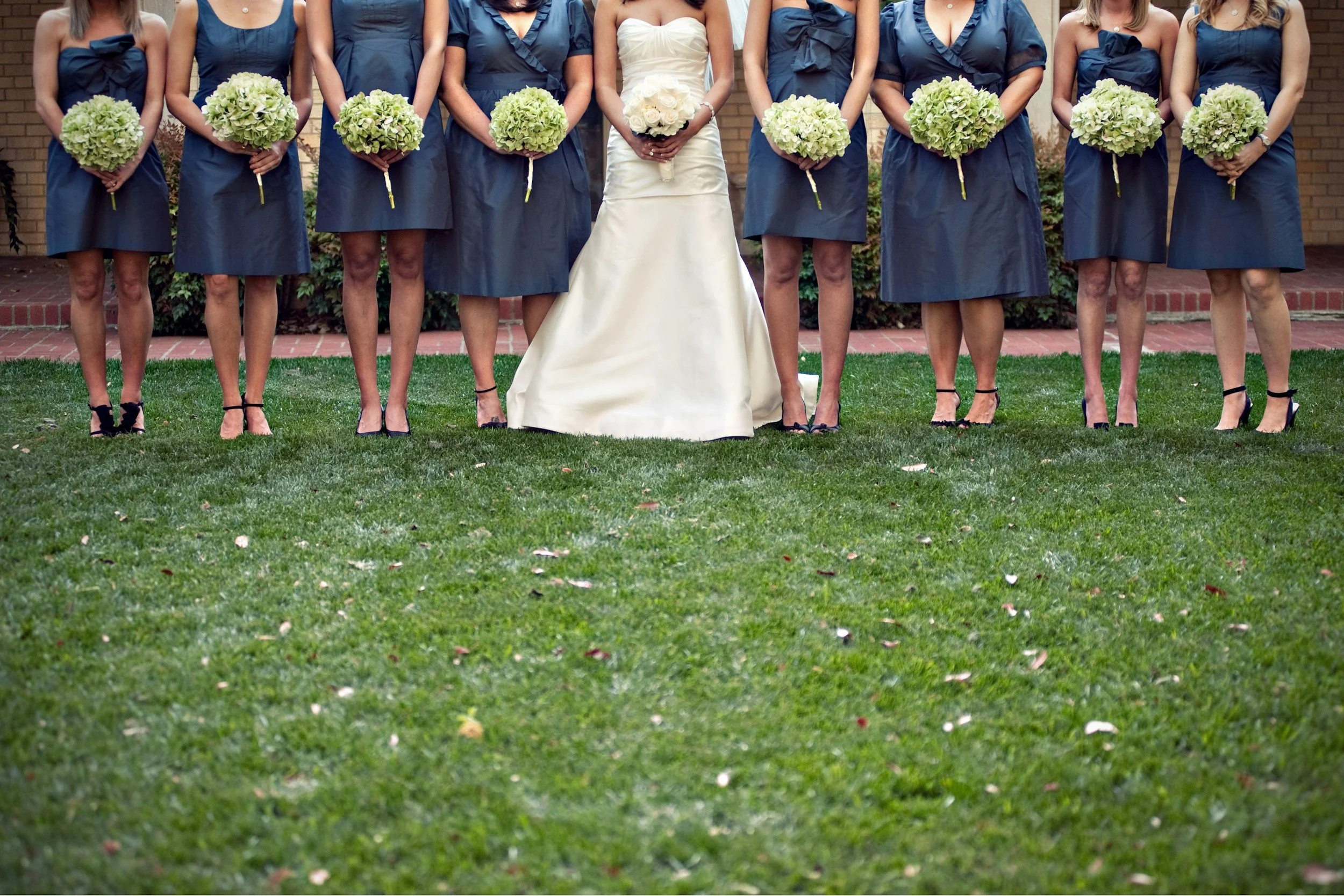What Is The Hanky Code?
Exactly one year after the Stonewall riot, on June 28th 1970, America's first "Pride" took place, with people marching in Manhattan and chanting "Say it loud, gay is proud".
While the fight for gay rights and liberation was far from over, and the riot simply kick-started that process, the newly found pride of gay people was just beginning.
Public same-sex interactions were still illegal in many states, so while gay bars and clubs were a safe haven for LGBTQ+ people, the police frequently raided bars. But slowly, pride started overcoming that fear, movements became more vocal, the pushback was stronger, and pride found its language in fashion.
Hal Fischer, a photographer, worked on "Gay Semiotics: A Photographic Study of Visual Coding Among Homosexual Men", a series of photographs that portrayed life at the time. It was a proper handbook, that alongside Bob Damron's address book, provided a guide to LGBTQ+ life and visual coding to fill the gaps and allow connections and networking in that fastly emerging community.
As a gay man, although demisexual, I've always looked at Gay/Queer coding with particular interest.
Growing up in a conservative country and having to be careful about outing myself, I could definitely relate to using accessories, colours, and styles to display one's sexuality. But at the same time, that life felt far from me: I had never cruised, never been in gay bars, motels, public toilets.
I was intrigued by the idea of being in a space with people like me, networking, flirting, glancing at back pockets of jeans and pins on leather jackets, familiarising myself with the scent of whiskey at the counter, trying to make eye contact through the thick curtain of smoke. Daring painting a quick dark lip, leaving the stamp on my glass as I leave it on the counter and head, accompanied, to the toilet.
There is a certain power in romanticising what has been a crime for so long. Coming from a strict Catholic background, I always felt uncomfortable with the over sexualisation of queer spaces, especially since I couldn't partake in those interactions.
But now that I've distanced myself from those beliefs, recognising its importance seems more pressing.
There is power in knowing something as simple and intimate as sex becomes an act of reclamation, a call for freedom, a mirror of defiance.
In an attempt to preserve that history and those traditions, I decided to sit with those uncomfortable thoughts and look into coding and how it represented my vibrant community, slowly rising to the surface after centuries of brutality and oppression.
One of my first jobs was in fashion retail, a company fairly known for its denim products. That's when I started discovering the role that those fabrics and clothes had in the US, especially in the 70s.
How leather, sportswear, jeans were used to identify roles, kinks, sexual interactions.
But one of my favourite codes, which now survives mainly in the kink community, is the hanky code. Wearing a bandana, piece of fabric or a handkerchief in the back pocket of your jeans would signal specific sexual practices, kinks, someone's role (depending on which pocket you'd wear them in). Rediscovering it has been a great opportunity to reflect on my place in the community as a gay man, reflect on my history, and testing my girlfriend's knowledge over Zoom, waving bandanas in front of the camera, has been incredibly amusing.
The code initially started with just the red bandana to flag people into fisting, but then LGBTQ+ businesses started distributing and producing decoder lists with each purchase, helping spread the code.
It slowed down during the 80s, with cruising and casual sex restricted due to the HIV/AIDS crisis, but it still survived. However, a few colours of hankies are now considered problematic and luckily stopped being used, as they referred to racial preferences and age gaps.
Written by Ramses Oliva
In addition to working 9-5, Ramses can't seem to stop writing, even if it means scribbling on a notebook overnight. He's a trans activist who loves talking about queer identities, diversity and art. He is co-host of the brand-new podcast "Punching the Wall" and you can find him posting overpriced selfies on Instagram at @queer.discart.









